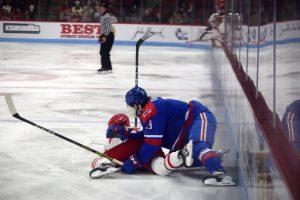
This isn’t about special treatment, it’s about simple player safety.
Following the Boston University men’s hockey team’s 6-1 win over UMass Lowell at Agganis Arena Saturday night, Jay Pandolfo’s message was loud and clear: the head hits have to stop.
“It’s got to stop with these head hits. They’re unnecessary. He was already down along the boards and a guy hits him. This is the stuff that can’t happen in this game,” Pandolfo said.
The head coach rarely, if ever, gets worked up about specifics of a game, but this press conference was different.
Having Macklin Celebrini, the projected No.1 overall pick in the 2024 NHL Draft, on the BU roster no doubt increases the target on the team’s back, but a line has been crossed the past few weekends in which playing physical has translated into what looks like intent to hurt the 17-year-old center.
The play Pandolfo referred to came at 1:13 of the first period against Lowell on Saturday. Sophomore forward Dillan Bentley shoved Celebrini into the near boards and subsequently hip checked his head into the glass while the freshman was trying to get up from the initial hit. And, you guessed it, no call on the play.
Hockey East announced Monday that Bentley has been suspended for one game because of the incident and will miss UMass Lowell’s Wednesday matchup against Merrimack. It seems Pandolfo’s call out had its merits.
Video of the hit to the head. I don't think HE players are out to get Mack, but with hits like these going unpunished by the refs, no wonders that players on both teams started to play overly physical. pic.twitter.com/sG011O3t4c
— Lebasguette (@Lebasguette) November 12, 2023
College hockey, and hockey in general, is a physical sport – it’s an obvious and important part of the game. This is not a call to get rid of its grinding, gritty nature, but rather to regulate the plays that put an athlete in direct danger of injury, and set a precedent that those types of hits won’t be tolerated. And this doesn’t just go for top prospects like Celebrini. He’s just the guy getting the brunt of the beating right now.
“The players can’t control that. It’s the referees that have to control that, they have to make sure these plays don’t happen,” Pandolfo said. “It’s happening too often. I’m seeing it happen too often, so it’s got to change. You’ve got some talented players in college hockey.”
The most blatant head hit of the season on Celebrini was Nov. 4 against the University of North Dakota at Agganis Arena. Junior forward Jake Schmaltz – who wasn’t defending Celebrini when the Terrier had the puck – came charging through middle ice, leaned down to Celebrini’s level and blasted an elbow right to his head.
Simply put, it wasn’t a hockey play. The puck and game action were behind Schmaltz, but his only target was Celebrini. Schmaltz was dealt a five minute major for contact to the head – only after BU challenged the play – but was not ejected from the game nor suspended.
Here's the hit: pic.twitter.com/JWRgMn1296
— Boston Hockey Blog (@BOShockeyblog) November 4, 2023
Celebrini, of course, got out the next shift and scored a power play goal – which was then overturned for offsides – because the young phenom doesn’t give himself any excuses. Despite the tough welcome to the collegiate level, Celebrini is averaging two points per game with a total 18 points (eight goals, 10 assists) through nine showings, tied for first in the nation.
To start the season, Celebrini centered the first line with senior forward Luke Tuch on the left wing and sophomore forward Devin Kaplan on the right wing – the two bigger bodies were supposed to be some level of protection. However, there’s only so much Celebrini’s teammates can do without taking undisciplined penalties in retaliation and putting the team in a bad spot.
“Obviously there’s no fighting so there’s no way that players can take care of it. So if there’s some of that stuff going on early it’s got to be taken care of,” Pandolfo said. “What do you expect your players to do? They’re going to try to get some retribution…it just has to be controlled.”
Beyond the intangible element of protecting players, the head hits on Celebrini specifically are bad for hockey at all levels. Objectively, having Celebrini play in the NCAA – and in Hockey East nonetheless – the season before his NHL Draft is fantastic for the college sport.
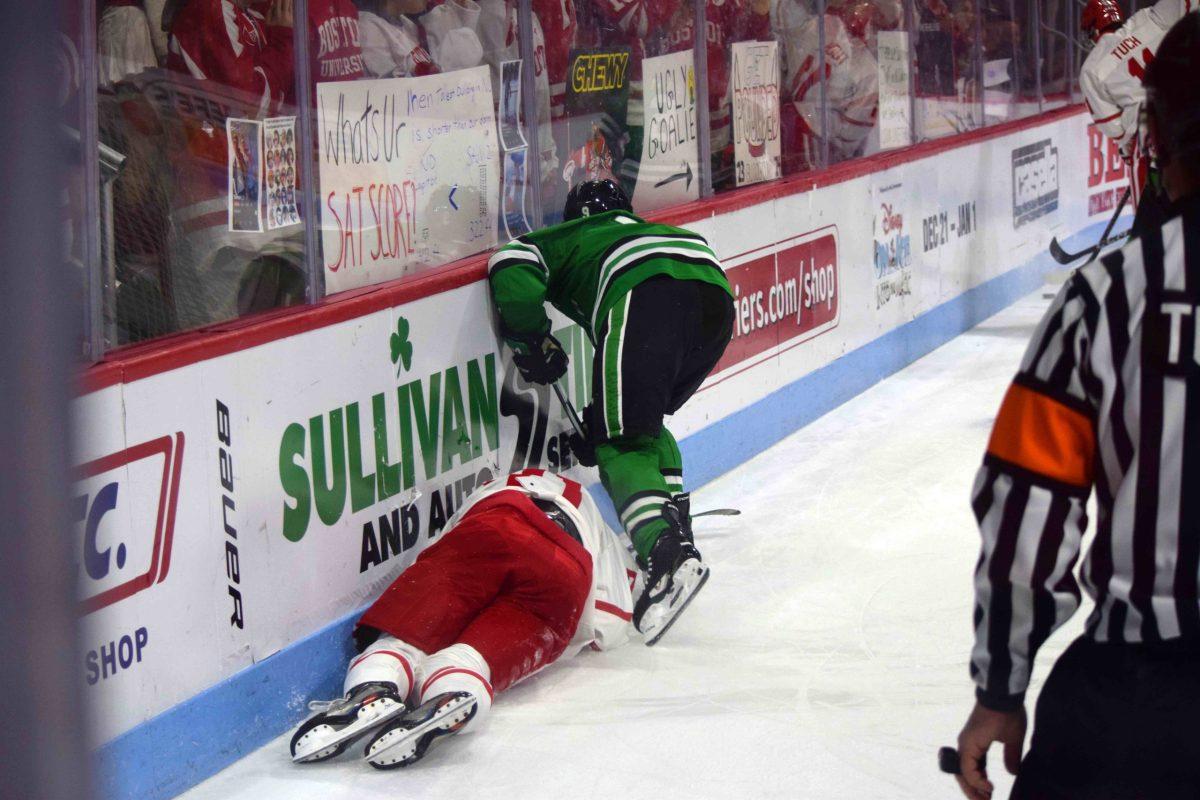
The increased eyeballs, retweets, conversation, ticket sales and general buzz around college hockey since Celebrini’s arrival have been evident. If he keeps getting run the way he has the past couple weekends, though, Celebrini may be sidelined for more time than anyone would like. He missed his first game of the season on Friday due to “residual soreness” from the North Dakota series.
It applies to the NHL level, too. As the 2024 Draft nears, the hype – and the content – around Celebrini will build. We all saw the Connor Bedard show this year. NHL executives, scouts and fans want to see Celebrini in action. What a shame it would be to shorten those opportunities because officials swallowed their whistles on dangerous plays. What a bigger shame it would be for Celebrini to have to watch those games from the stands.
At the end of the day, it all comes back to setting the precedent of what’s allowed on the ice and protecting the players, and that lands on the referees. Celebrini isn’t a whiner – he goes to the bench, shakes it off and gets back to work; it’s another big upside of his game. The kid just wants to play hockey, and he should be able to do so safely.


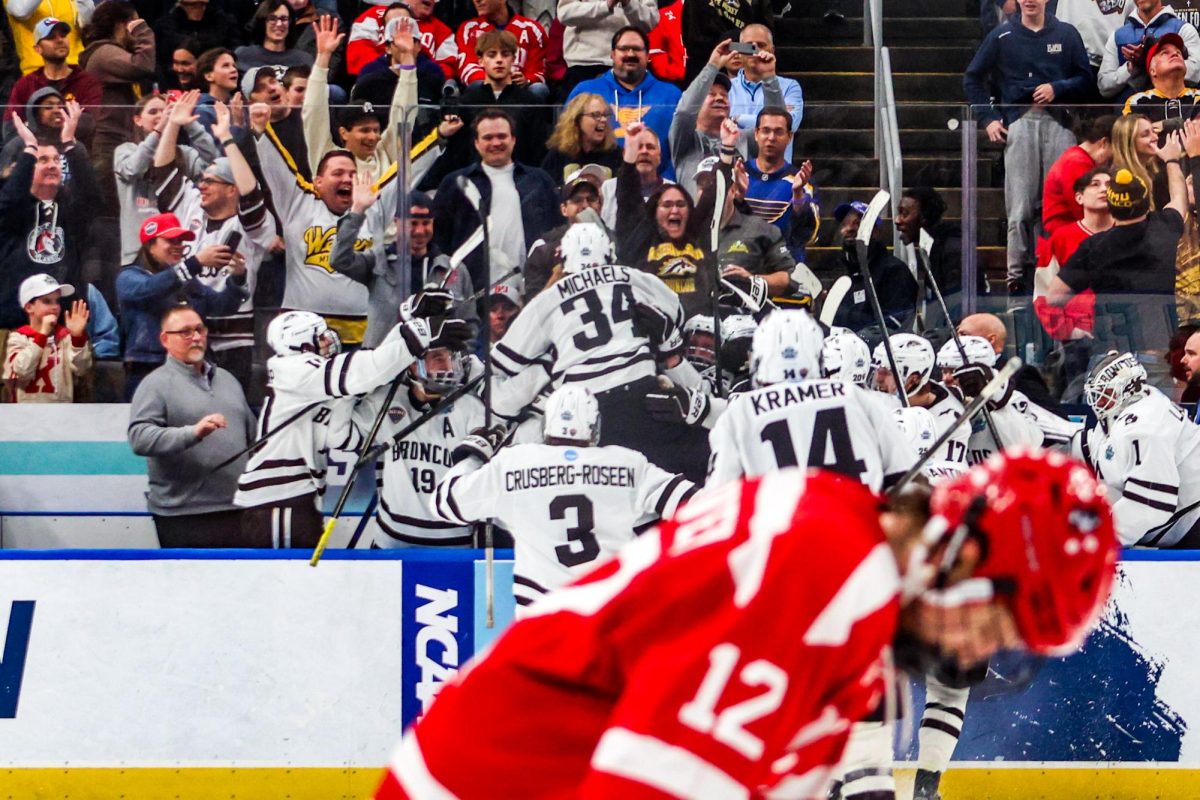

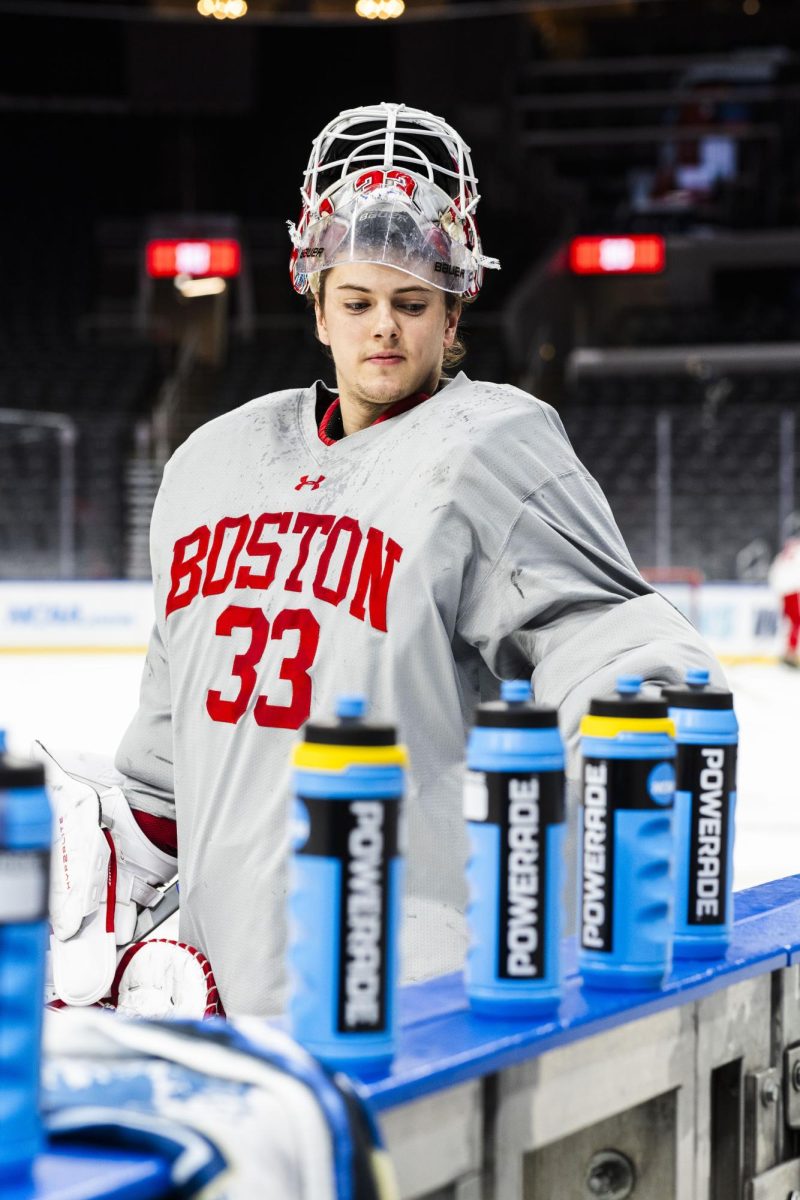
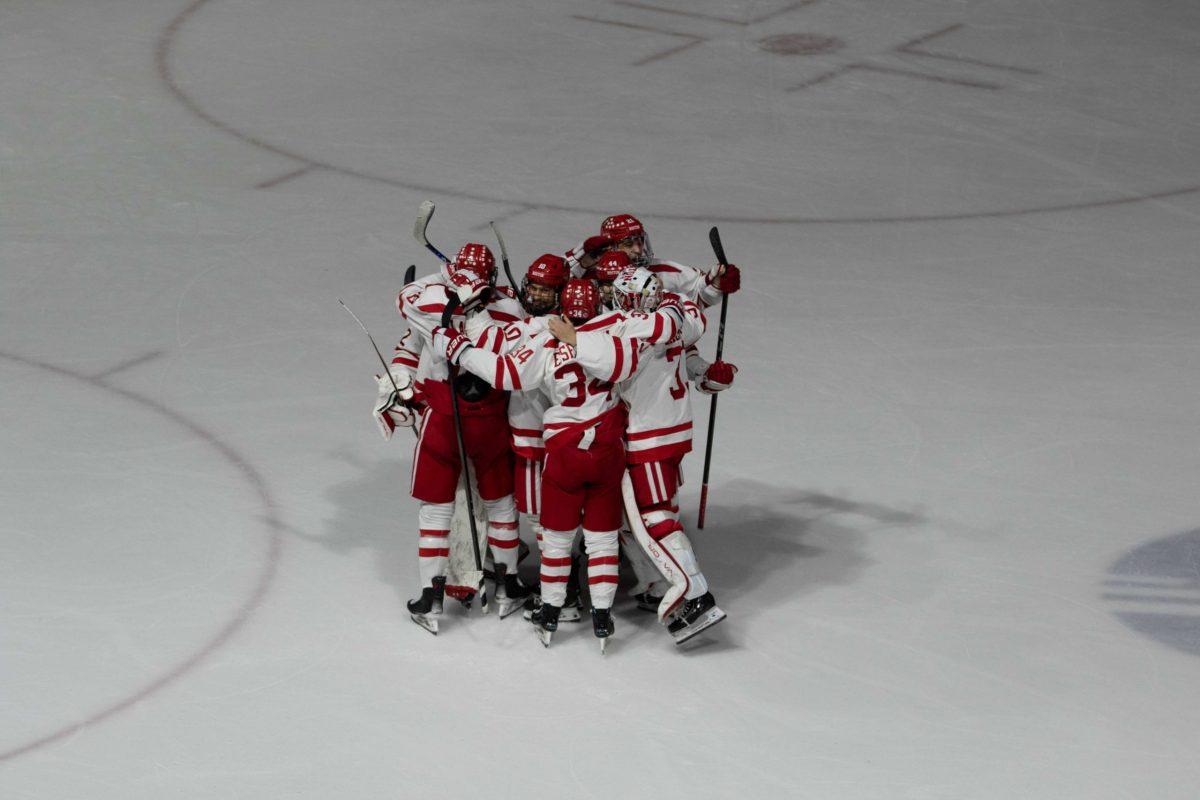
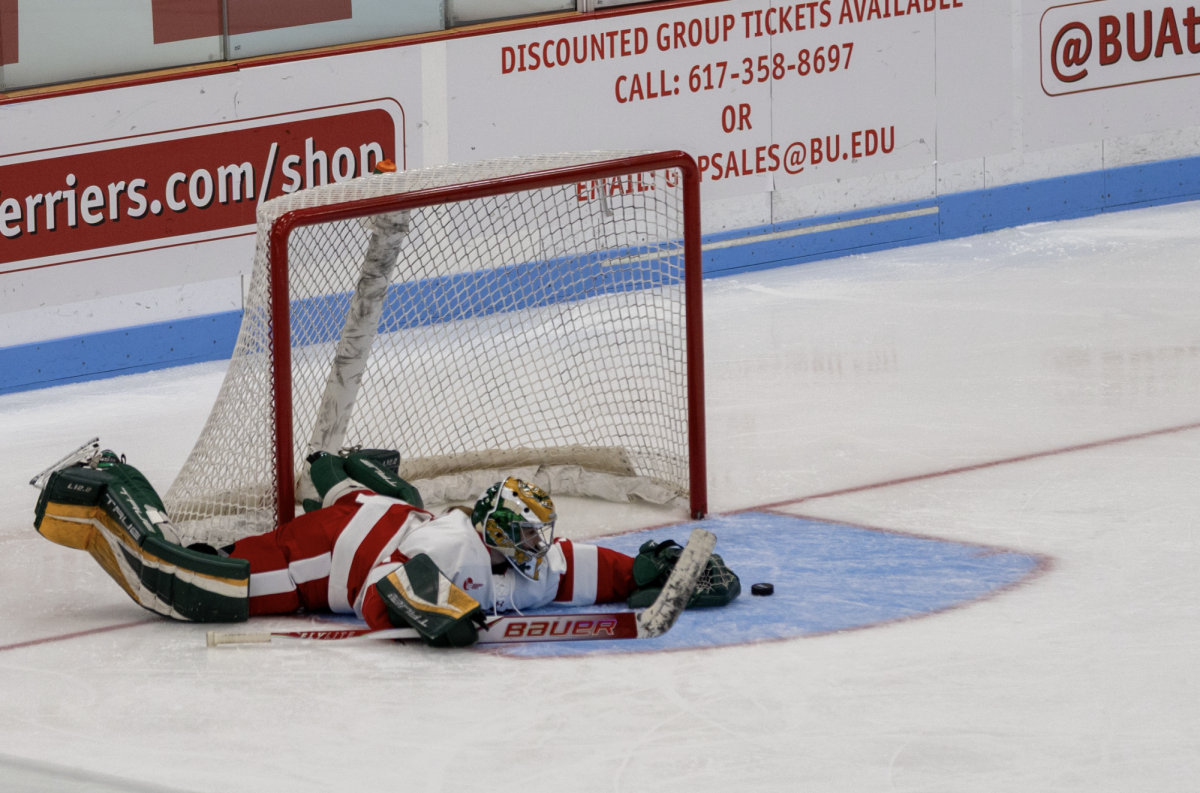

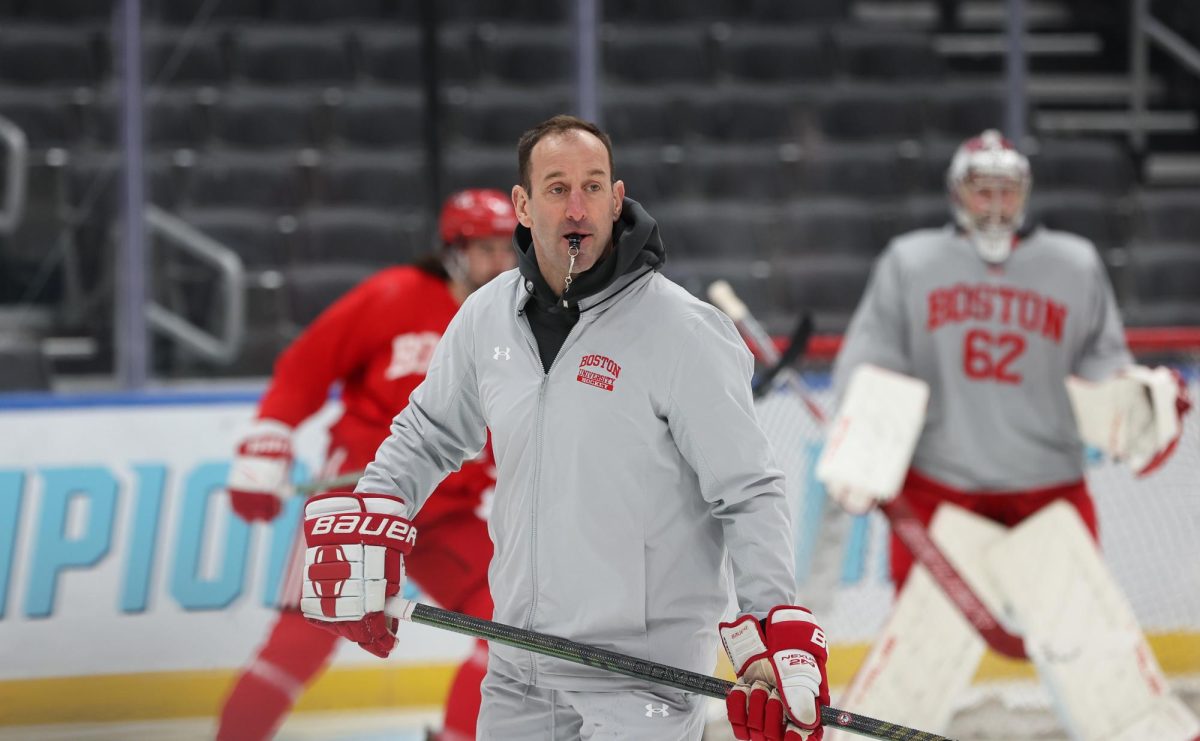
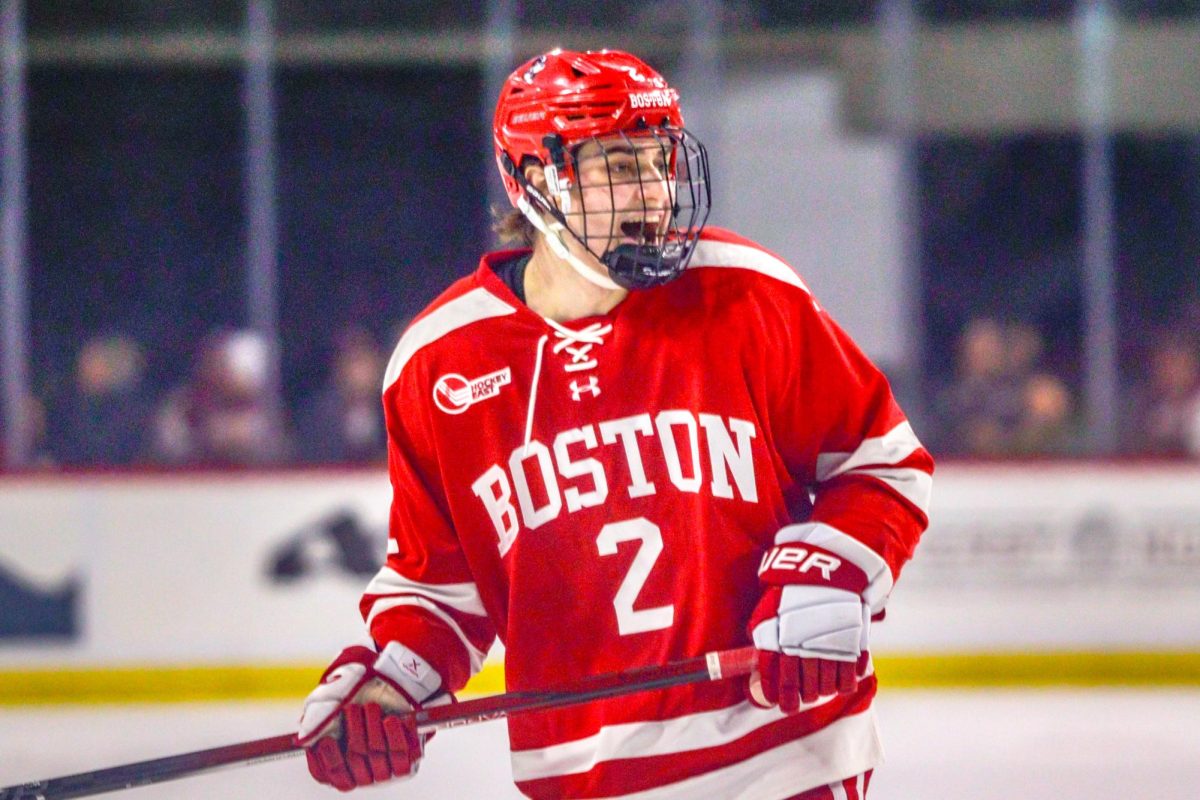
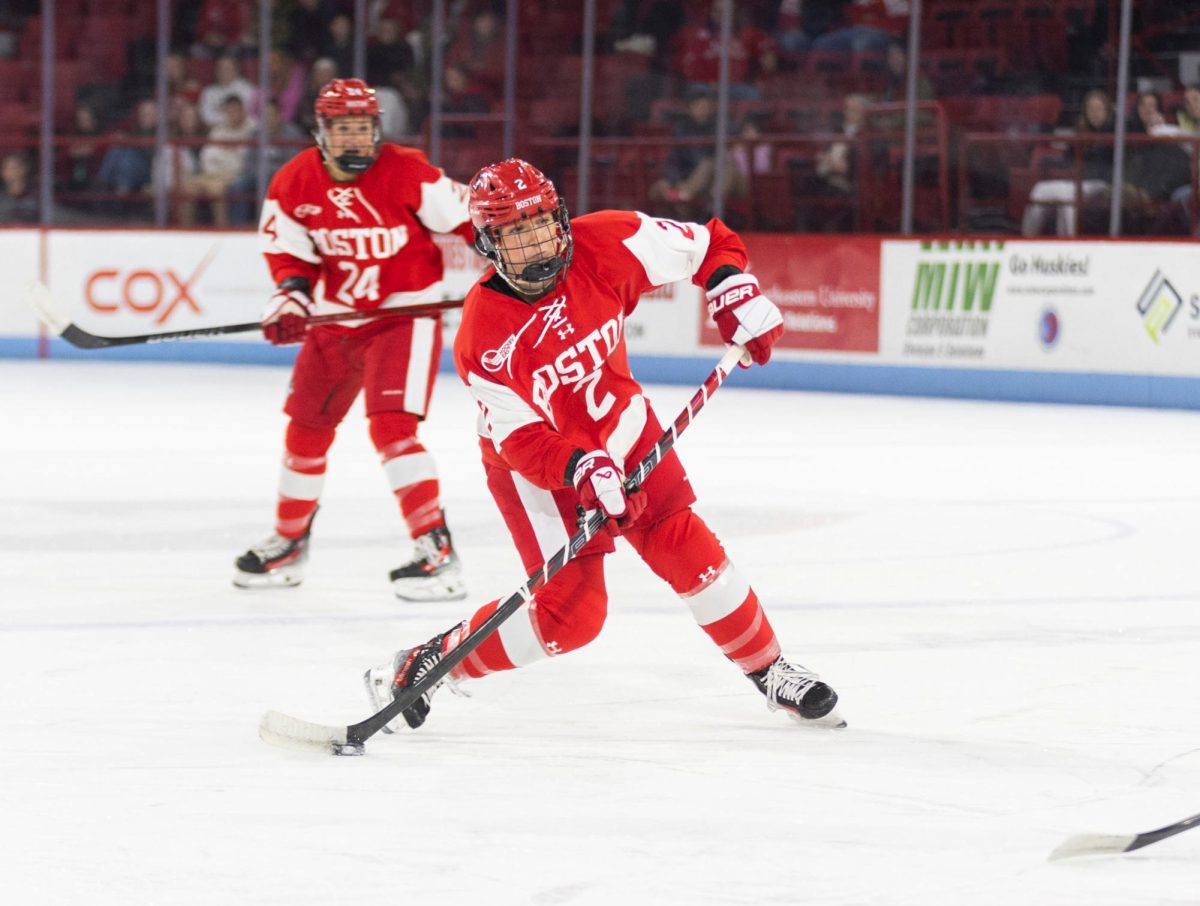

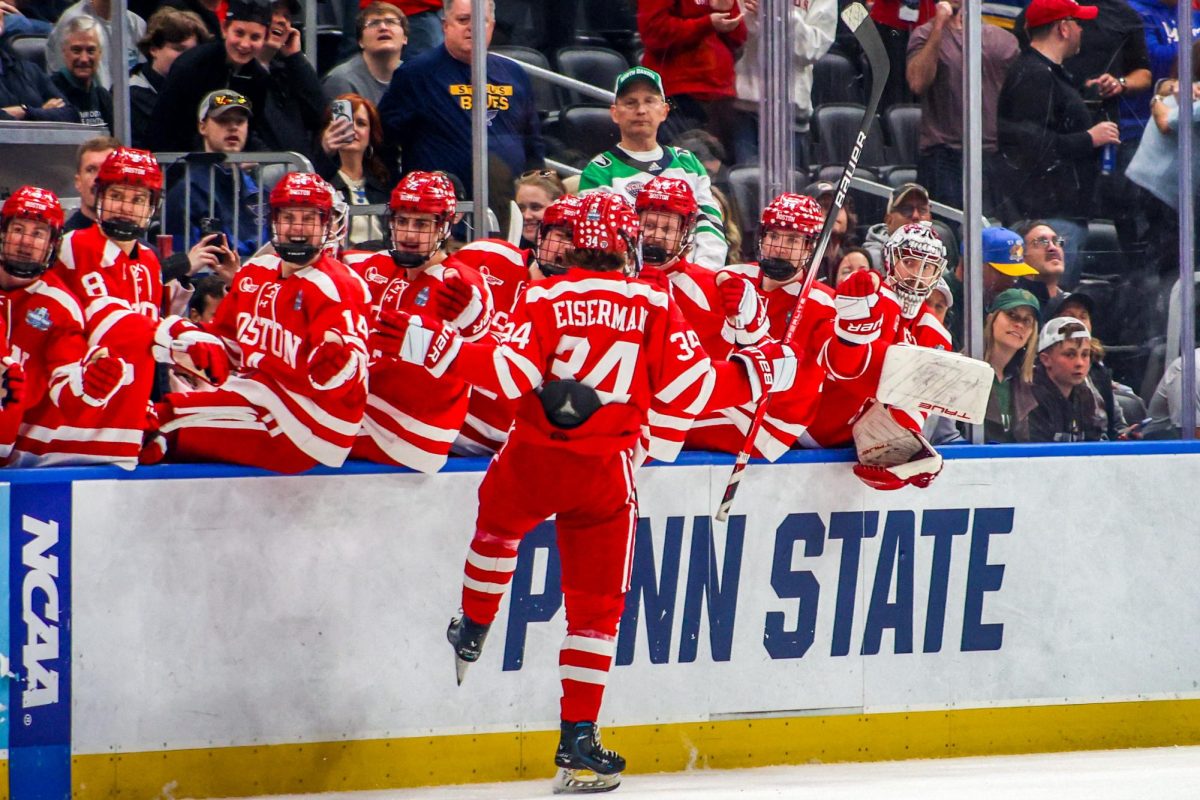
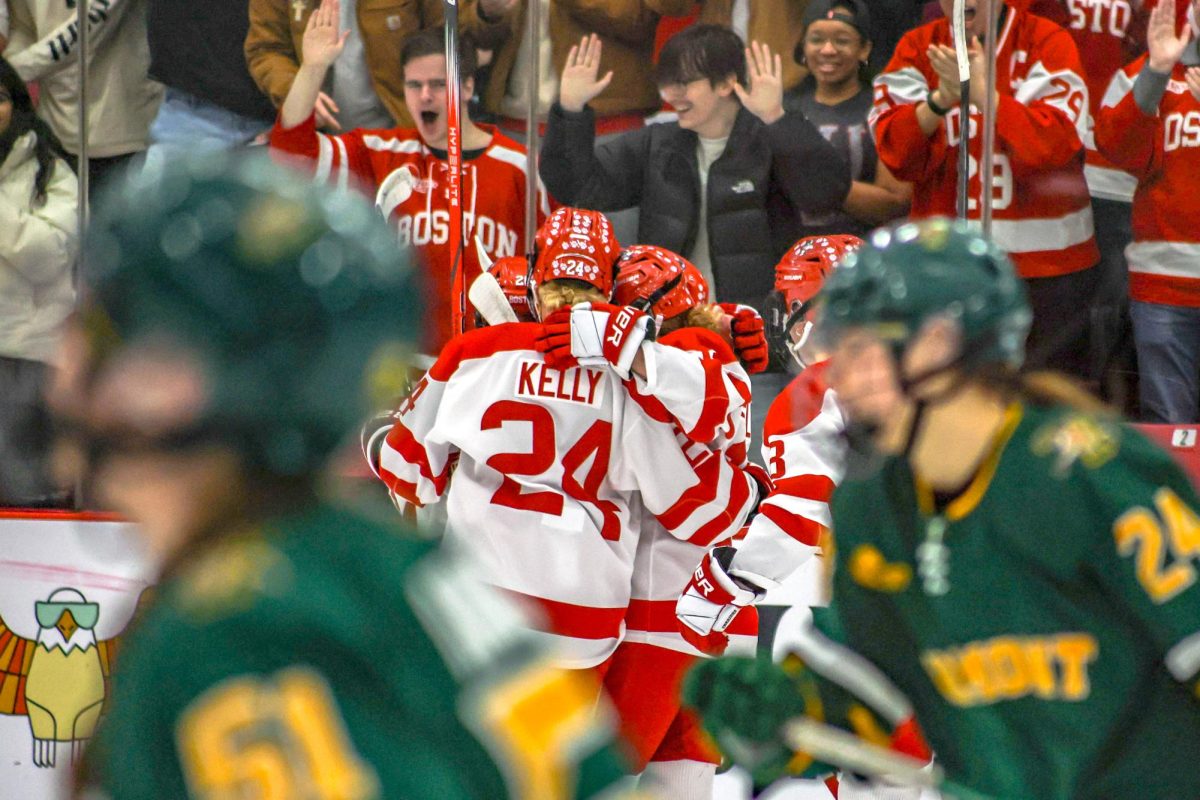

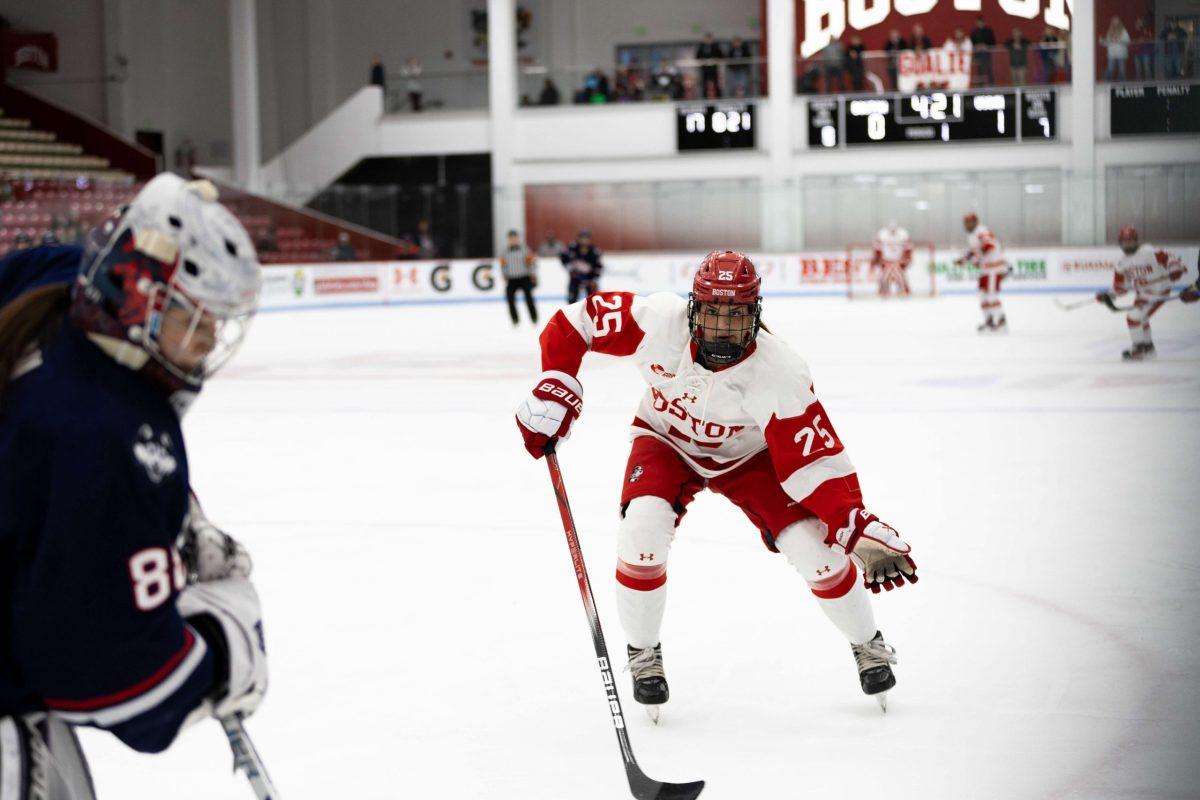



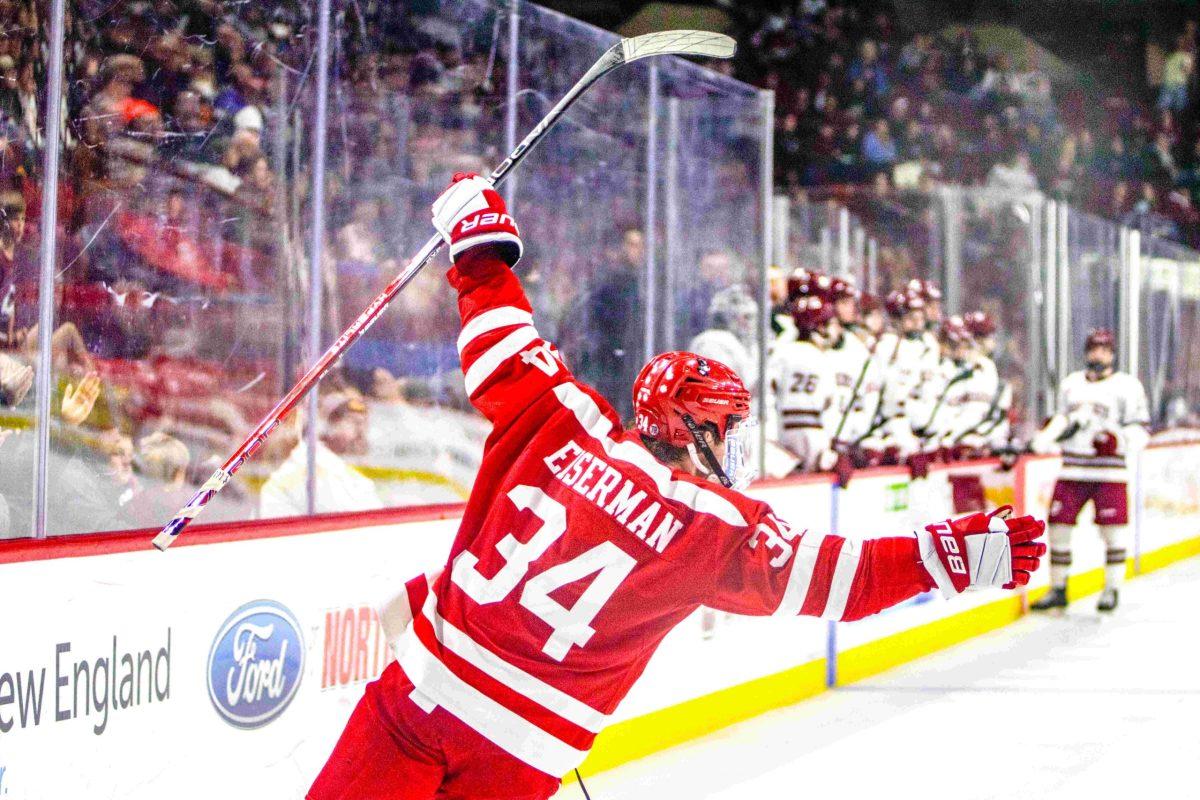
Vito digregorio • Nov 14, 2023 at 8:04 am
Your absolutely right Belle , the head hits have no place in the game if we want to enjoy our moat talented players perform. this had been a problem for a long time however. As a longtime observer of the sport it usually involves western clubs doing this crap against younger and more talented opposition from the east all the way back to the famous BU-minn game in 1976 which led to a Donnybrook on the ice. Today even in the east it happens with teams like Lowell, uconn ect who can’t get the talent like BU and BC get, they resort to the goon dirty tactics. Unfortunately hockey is the type of game which is suited and within the bounds of the sport to allow this type of play to even up things if the talent gap is significant. Intimidation is the objective so it’s up to the refs to protect the most talented players.